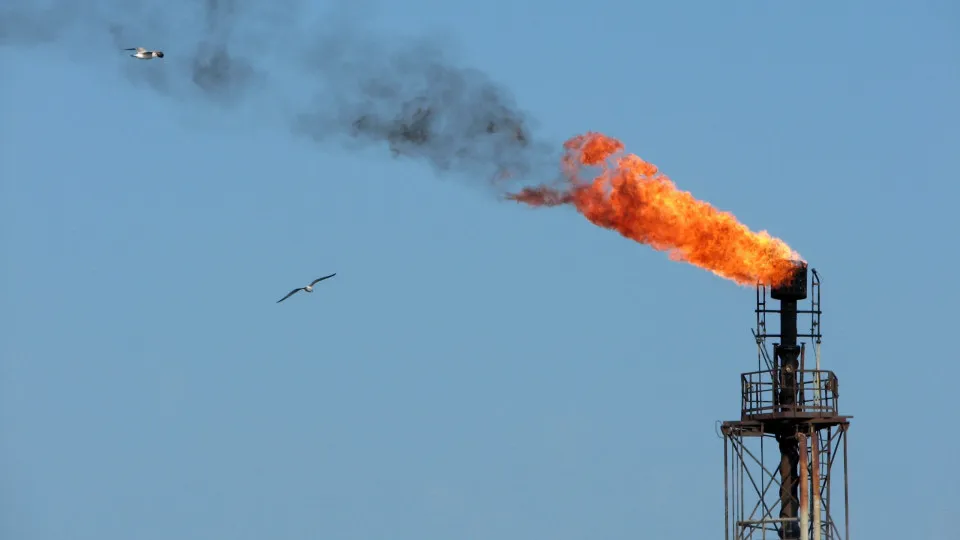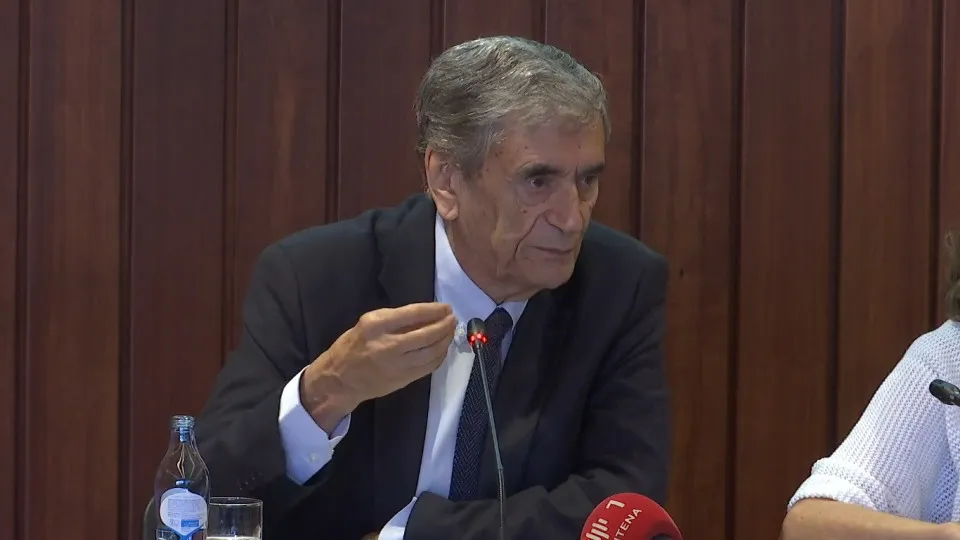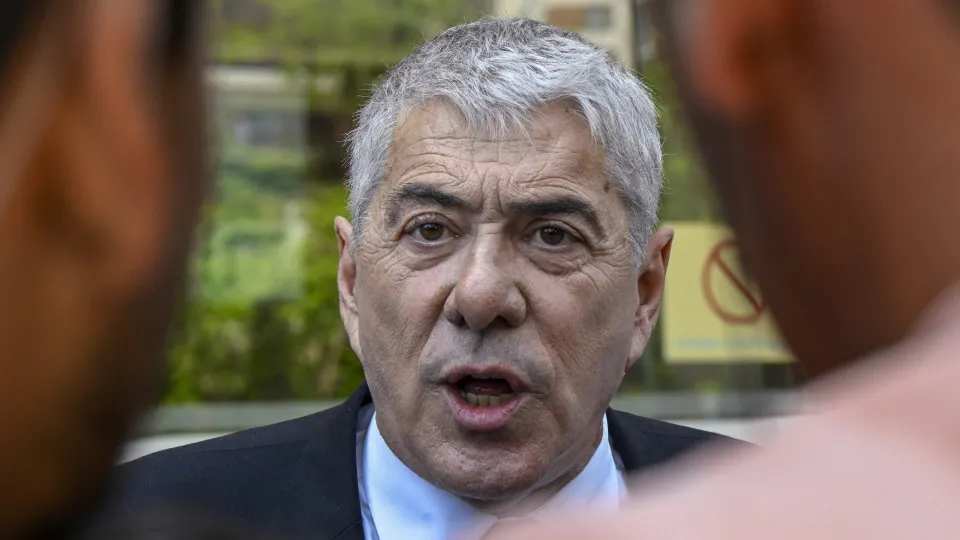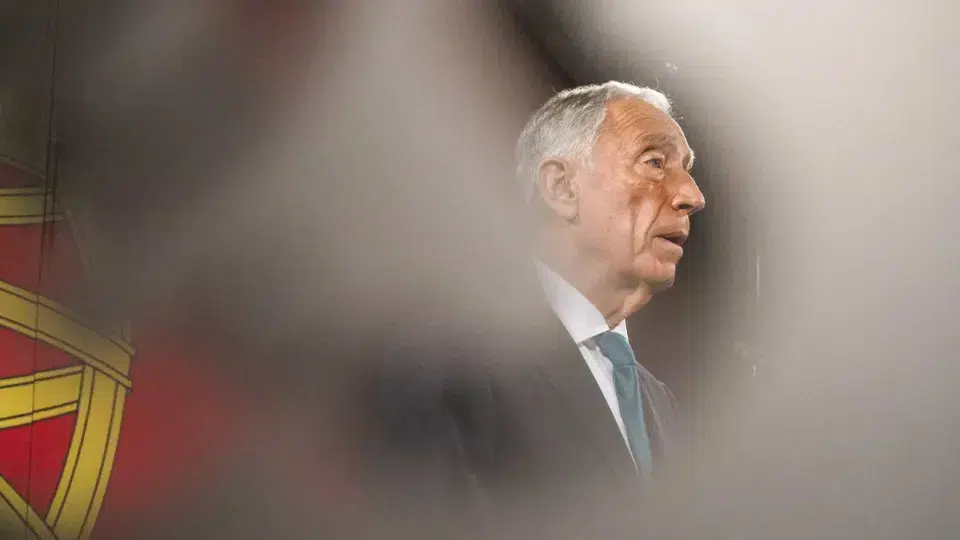
Oil and gas export figures for the third quarter of this year, released today by the Ministry of Mineral Resources, Petroleum and Gas, indicate that the country exported approximately 91 million barrels of oil, a decrease of 10.91% compared to the third quarter of 2024.
In his opening remarks, Secretary of State for Petroleum and Gas, José Barroso, noted that between July and September, the international market price of Brent crude experienced volatile activity with a downward trend.
José Barroso emphasized an increase in both the volume exported, up by 7.19%, and in revenue, a rise of 9.25%, compared to the second quarter of 2025.
In statements to the press, José Barroso highlighted various challenges that marked the last quarter, including geopolitical and market factors, affecting Angola’s oil industry, such as the selling price.
“As we observed in the third quarter, unfortunately, we faced a downward trend in price, with an average dated price of around $69, lower than the previous quarter, but overall, things have progressed,” he said.
The Secretary of State acknowledged that the low price might impact the country’s anticipated earnings for this year, “but some situations may lead to a reversal of the situation,” anticipating improvements and a “more stable market” with agreements between Israel and Hamas.
“Unfortunately, there are large stocks of oil; now we have the possibility of accessing more Asian oil, from Iran and other countries, which may lead to a further price decrease. However, in terms of national production, we remain aligned with the goal of producing an average of more than one million barrels of oil per day,” he stated.
For the fourth quarter, José Barroso mentioned that it’s crucial “to understand what will actually happen in Gaza,” in Ukraine, and the decisions that OPEC+ [an organization that includes 23 oil-producing countries, from which Angola withdrew in 2024] may make, which currently decided to increase production levels.
“We believe that today supply is greater than demand, but things might change. Everything will indeed depend on the political stability we have in the coming times,” he emphasized.
José Barroso stressed that declining production is the main issue for Angola’s oil industry, which is losing production “every day due to the maturity of the fields,” but the government has launched new projects to offset losses.
“Unfortunately, it’s sometimes not possible to bring in the same volume of new oil as is lost, but there’s a balance. The goal is to maintain production above one million barrels of oil per day. There was a month when the average was below one million, but this was anticipated due to maintenance activities at some facilities,” he said.
“We are mainly working to maintain this level of production until 2027/2030. Afterwards, depending on the results of exploration activities, we may or may not continue this production. Everything will depend on the results of the exploration activities that we are conducting at the moment,” he added.
In the third quarter, September recorded the lowest export volume, with 28.5 million barrels of oil, as well as the lowest revenue, with $1.9 billion (1.6 billion euros).
China remains the primary destination for Angolan crude oil exports, holding 59.63%, followed by India (8.59%), Indonesia (7.61%), and Spain (4.13%).
In terms of natural gas, around 1.6 million metric tons were exported, particularly Liquefied Natural Gas (LNG), which represented 88.62%, earning a gross value of $900.7 million (776.3 million euros), mainly exported to Asia.




![Timor-Leste has "to discover what is delaying [its] economy"](https://www.portugalpulse.com/wp-content/uploads/2025/10/timor-leste-has-to-discover-what-is-delaying-its-economy.webp)